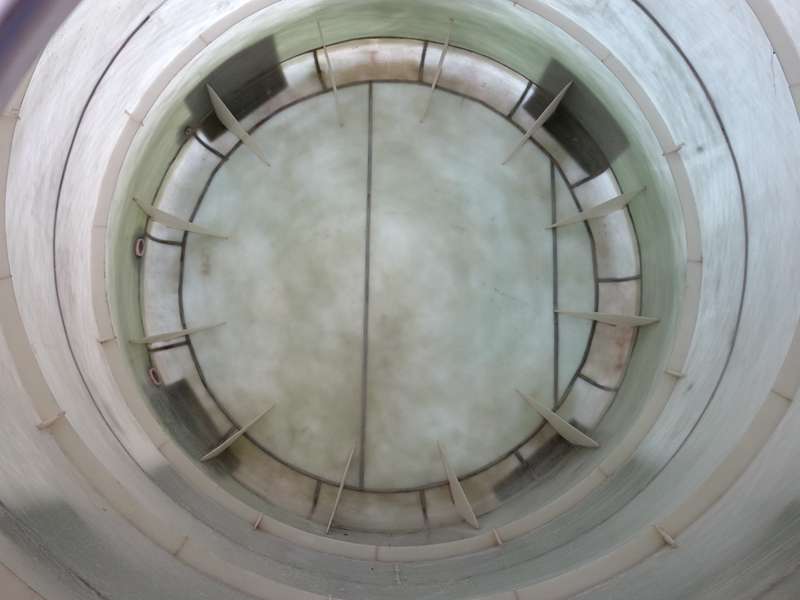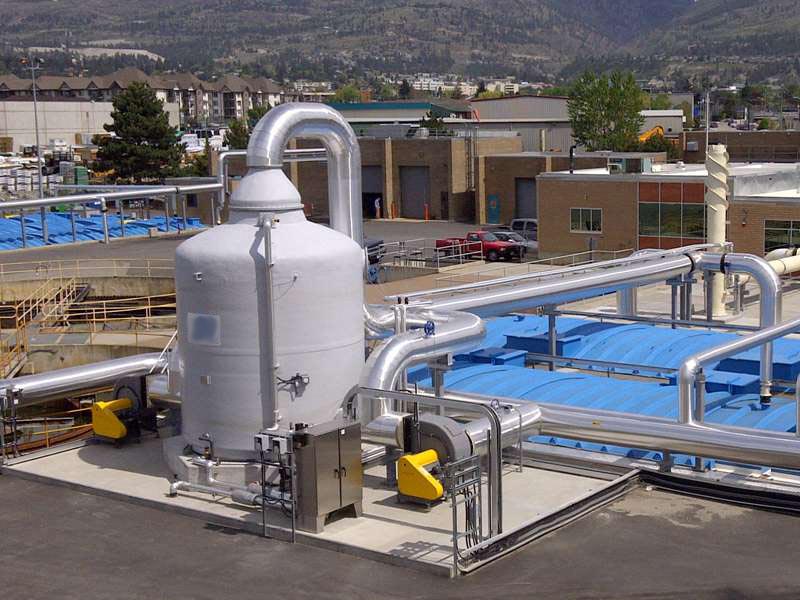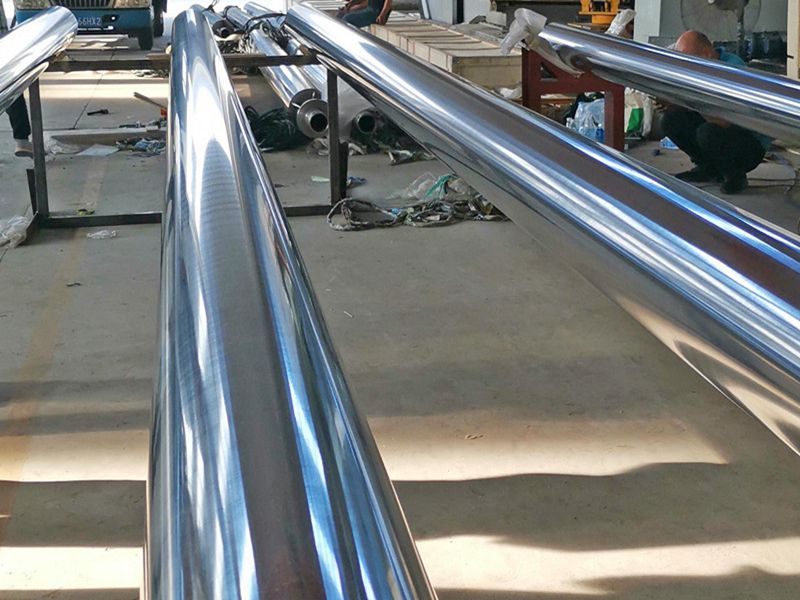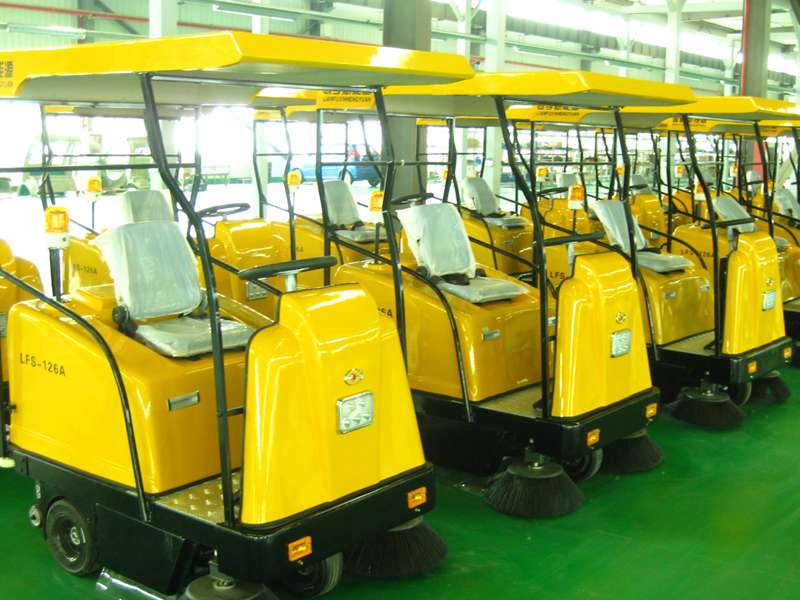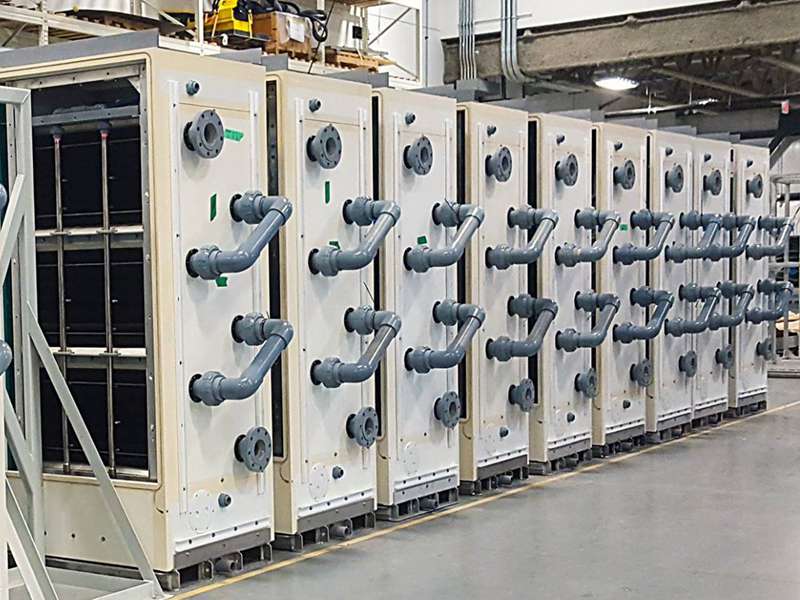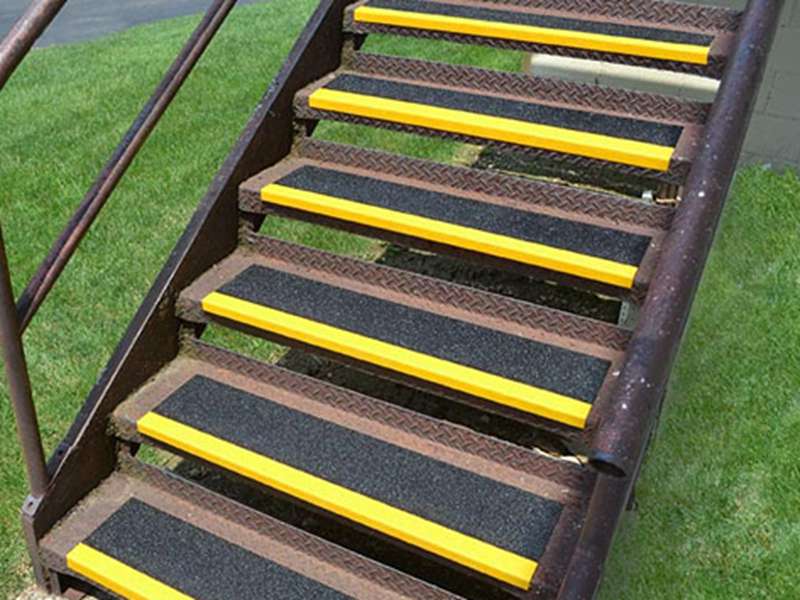
-
 Afrikaans
Afrikaans -
 Albanian
Albanian -
 Amharic
Amharic -
 Arabic
Arabic -
 Armenian
Armenian -
 Azerbaijani
Azerbaijani -
 Basque
Basque -
 Belarusian
Belarusian -
 Bengali
Bengali -
 Bosnian
Bosnian -
 Bulgarian
Bulgarian -
 Catalan
Catalan -
 Cebuano
Cebuano -
 China
China -
 China (Taiwan)
China (Taiwan) -
 Corsican
Corsican -
 Croatian
Croatian -
 Czech
Czech -
 Danish
Danish -
 Dutch
Dutch -
 English
English -
 Esperanto
Esperanto -
 Estonian
Estonian -
 Finnish
Finnish -
 French
French -
 Frisian
Frisian -
 Galician
Galician -
 Georgian
Georgian -
 German
German -
 Greek
Greek -
 Gujarati
Gujarati -
 Haitian Creole
Haitian Creole -
 hausa
hausa -
 hawaiian
hawaiian -
 Hebrew
Hebrew -
 Hindi
Hindi -
 Miao
Miao -
 Hungarian
Hungarian -
 Icelandic
Icelandic -
 igbo
igbo -
 Indonesian
Indonesian -
 irish
irish -
 Italian
Italian -
 Japanese
Japanese -
 Javanese
Javanese -
 Kannada
Kannada -
 kazakh
kazakh -
 Khmer
Khmer -
 Rwandese
Rwandese -
 Korean
Korean -
 Kurdish
Kurdish -
 Kyrgyz
Kyrgyz -
 Lao
Lao -
 Latin
Latin -
 Latvian
Latvian -
 Lithuanian
Lithuanian -
 Luxembourgish
Luxembourgish -
 Macedonian
Macedonian -
 Malgashi
Malgashi -
 Malay
Malay -
 Malayalam
Malayalam -
 Maltese
Maltese -
 Maori
Maori -
 Marathi
Marathi -
 Mongolian
Mongolian -
 Myanmar
Myanmar -
 Nepali
Nepali -
 Norwegian
Norwegian -
 Norwegian
Norwegian -
 Occitan
Occitan -
 Pashto
Pashto -
 Persian
Persian -
 Polish
Polish -
 Portuguese
Portuguese -
 Punjabi
Punjabi -
 Romanian
Romanian -
 Russian
Russian -
 Samoan
Samoan -
 Scottish Gaelic
Scottish Gaelic -
 Serbian
Serbian -
 Sesotho
Sesotho -
 Shona
Shona -
 Sindhi
Sindhi -
 Sinhala
Sinhala -
 Slovak
Slovak -
 Slovenian
Slovenian -
 Somali
Somali -
 Spanish
Spanish -
 Sundanese
Sundanese -
 Swahili
Swahili -
 Swedish
Swedish -
 Tagalog
Tagalog -
 Tajik
Tajik -
 Tamil
Tamil -
 Tatar
Tatar -
 Telugu
Telugu -
 Thai
Thai -
 Turkish
Turkish -
 Turkmen
Turkmen -
 Ukrainian
Ukrainian -
 Urdu
Urdu -
 Uighur
Uighur -
 Uzbek
Uzbek -
 Vietnamese
Vietnamese -
 Welsh
Welsh -
 Bantu
Bantu -
 Yiddish
Yiddish -
 Yoruba
Yoruba -
 Zulu
Zulu
High-Quality Fiberglass Dual Lamination Product Manufacturer Durable FRP & GRP Dual Lamination Solutions
- Introduction to Fiberglass Dual Lamination Product: Features & Importance
- Technical Superiority: Materials, Design, and Performance Metrics
- Comparative Analysis: FRP vs. GRP Dual Lamination Products
- Manufacturers Benchmark: Capability, Reputation, and Global Reach
- Customization Options: Tailoring Solutions for Specific Industries
- Industry Applications: Real-World Installations and Case Studies
- Final Thoughts on Fiberglass Dual Lamination Product Integration
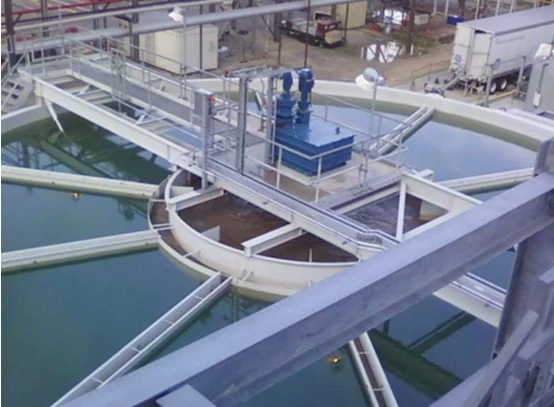
(fiberglass dual lamination product)
Introduction to Fiberglass Dual Lamination Product: Features & Importance
The fiberglass dual lamination product
represents a pivotal solution in modern industrial containment, offering superior performance in corrosion resistance, structural integrity, and versatility. As global industries such as chemicals, water treatment, and energy generation confront increasingly demanding operational conditions, the adoption of robust lamination technologies is accelerating. Recent market surveys indicate that the global FRP and GRP dual lamination market is projected to grow at a CAGR of 6.4%, reaching over USD 5.2 billion by 2028. This growth is driven by stringent environmental regulations and the necessity to prolong asset life cycles through advanced material technologies. Renowned for its hybrid design—combining thermoplastic corrosion barriers with structural fiberglass shells—the dual lamination product distinguishes itself from conventional single-liner systems. Its ability to sustain harsh environments, high pressures, and aggressive chemicals underscores its rising prominence as the material of choice in process engineering and storage applications.
Technical Superiority: Materials, Design, and Performance Metrics
The technical composition of dual lamination solutions—whether categorized as FRP dual lamination product (Fiber Reinforced Plastics) or GRP dual lamination product (Glass Reinforced Plastics)—entails a synergetic layering process. Typically, a thermoplastic inner liner (such as polypropylene, PVC, or PVDF) serves as a primary chemical barrier, while the outer fiberglass- or glass-reinforced shell delivers mechanical stability. This architecture achieves a high degree of chemical non-reactivity and mechanical strength, outstripping most metallic or monolithic composite systems.
According to independent laboratory tests, dual lamination vessels exhibit up to 50% greater stress rupture resistance compared to single-material composites, with tensile strengths approaching 200 MPa and flexural moduli above 20 GPa. Water absorption is minimized to less than 0.2% by weight, ensuring dimensional stability. Moreover, the use of automated filament winding and controlled lamination processes guarantees uniform wall thickness and reduced microfilm defects, which are critical for safety and longevity under cyclic loadings and thermal fluctuations.
Comparative Analysis: FRP vs. GRP Dual Lamination Products
Choosing the right dual lamination product depends on the specific performance qualities required. Both FRP dual lamination product and GRP dual lamination variants leverage the core principles of advanced polymer science, yet nuances in their reinforcement materials, resin systems, and lay-up techniques translate into distinct advantages.
The table below outlines the primary differences and use-case suitability:
| Parameter | FRP Dual Lamination Product | GRP Dual Lamination Product |
|---|---|---|
| Base Reinforcement | Fiberglass (E-glass or C-glass) | High-purity glass fibers (often E-glass) |
| Resin Systems | Epoxy, vinyl ester, polyester | Isophthalic, bisphenol-A polyester, vinyl ester |
| Chemical Resistance | Excellent against acids, alkalis, solvents (varies by resin) | Similar spectrum, slightly better against chlorinated media |
| Structural Strength | 180–220 MPa (tensile) | 170–210 MPa (tensile) |
| Service Life | 25–40 years | 20–35 years |
| Cost Efficiency | Moderate-to-high, depending on customization | Slightly more cost-effective for standard applications |
| Key Industries | Chemical processing, pharmaceuticals, pulp & paper | Water treatment, desalination, power plants |
| Max Operating Temperature | 110–210°C (resin dependent) | 90–190°C (resin dependent) |
While both technologies offer robust solutions, selection should align with the chemical environment, mechanical demands, anticipated lifecycle, and total cost of ownership pertinent to the application.
Manufacturers Benchmark: Capability, Reputation, and Global Reach
In evaluating dual lamination product suppliers, several major global manufacturers consistently set benchmarks for quality, innovation, and after-sales service. Industry leaders such as Ershigs (USA), Plas-Tank Industries (USA), Ashland Global (USA), and NEDON (Germany) dominate the field, backed by ISO 9001/14001 certifications and extensive project portfolios.
These manufacturers commonly command substantial R&D investment (typically 5–8% of annual revenue) and operate state-of-the-art production lines with capacity exceeding 150,000 tons of dual lamination products annually. Notably, Ershigs’ patented filament winding technology enables manufacturing diameters up to 8 meters, while NEDON specializes in fully customized thermoplastic liners for aggressive fluorinated compounds. More than 60% of their output is exported, supporting projects in North America, Europe, the Middle East, and Asia-Pacific. Quality performance testing, third-party inspections, and digital documentation further underpin their market credibility. For end-users, partnering with such manufacturers ensures proven field-proven reliability and access to technical expertise during installation and maintenance phases.
Customization Options: Tailoring Solutions for Specific Industries
Modern fiberglass dual lamination product lines address a spectrum of industry-specific requirements through tailored customization. Design flexibility extends to geometric configurations (cylindrical, rectangular, conical), variable wall thicknesses, and bespoke connection assemblies to integrate seamlessly with existing process infrastructure.
Common custom features include:
- Selection of liner polymers for precise chemical compatibility, such as PVDF for ultra-pure applications and CPVC for high-temperature settings.
- Thermal insulation layers or embedded heating coils for temperature-sensitive fluids.
- Enhanced fire-retardant resin formulations adhering to ASTM E84 or EN13501 standards.
- Reinforced support legs, platforms, and nozzles engineered to site-specific wind and seismic loads.
- Smart monitoring sensors embedded within wall layers for real-time leak or delamination detection.
Industry Applications: Real-World Installations and Case Studies
The successful track record of dual lamination products is evidenced by their deployment in diverse industrial verticals. Highlighted below are select case studies and application scenarios:
- Chemical Processing: A major North American chemical manufacturer replaced aging steel acid storage tanks with dual-laminated FRP vessels. Post-installation data revealed a 67% reduction in maintenance costs and zero recorded internal corrosion incidents over six years.
- Desalination Plants: In Middle Eastern seawater desalination facilities, GRP dual lamination pipes withstand continuous exposure to high-chloride brine. Operators reported a 40% increase in mean time between repairs (MTBR), and a water absorption rate below 0.1% has been verified via in-situ testing.
- Semiconductor Manufacturing: Custom PVDF-lined FRP ducts have enabled the safe handling of ultra-pure acids in microelectronics fabrication. Documented particle generation rates are under 3 counts per cubic foot (ISO Class 5), ensuring compliance with stringent cleanroom standards.
- Municipal Water Treatment: Over 500 installations across Europe have demonstrated GRP dual lamination tanks’ long-term reliability for sodium hypochlorite storage, with a documented 99.8% uptime and no liner delamination events in 10+ years.
Final Thoughts on Fiberglass Dual Lamination Product Integration
Integrating a fiberglass dual lamination product into industrial systems is not only a strategic move to future-proof infrastructure but also a key driver of sustainability, reliability, and cost optimization. Industry data underscores a clear advantage in lifecycle management, with average ROI periods between 2–4 years for projects involving dual lamination upgrades. Stakeholders benefit from drastically reduced risk of chemical ingress, extended service intervals, and enhanced workplace safety.
As regulatory pressures mount and operational demands intensify, leveraging the advanced properties of dual lamination products—be it FRP or GRP—cements an organization’s competitive edge. Future developments in additive manufacturing, autonomous inspection, and smart composite technologies are poised to further expand the possibilities and performance envelope of this vital engineering solution.
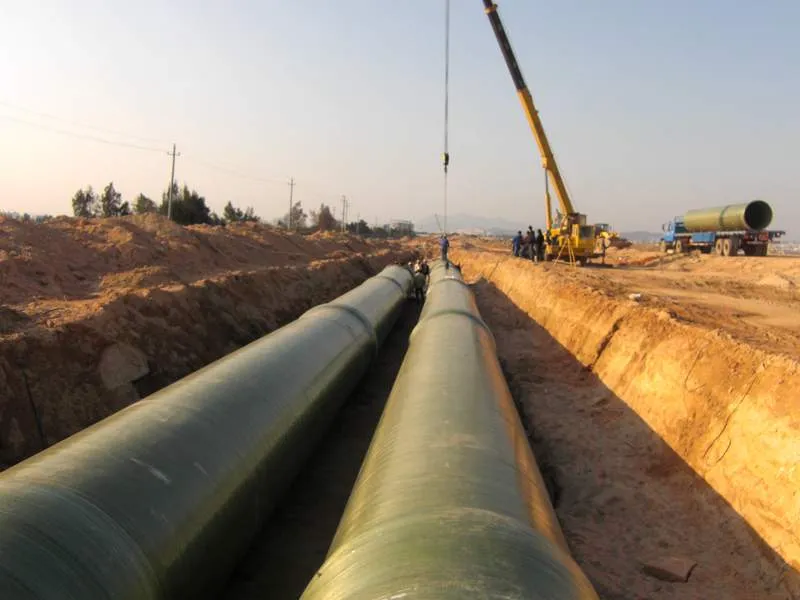
(fiberglass dual lamination product)
FAQS on fiberglass dual lamination product
Q: What is a fiberglass dual lamination product?
A: A fiberglass dual lamination product combines a thermoplastic liner with a fiberglass reinforced outer shell. This construction enhances chemical resistance and mechanical strength. It is commonly used for storage tanks and process equipment.
Q: What are the main advantages of FRP dual lamination products?
A: FRP dual lamination products offer superior chemical resistance and structural durability. They are lightweight yet robust, making them suitable for demanding industrial environments. These products also help in reducing maintenance costs.
Q: How does a GRP dual lamination product differ from traditional GRP items?
A: GRP dual lamination products have an additional thermoplastic layer, unlike standard GRP items. This results in improved barrier protection against corrosive materials. The dual structure provides both enhanced performance and extended service life.
Q: What industries typically use fiberglass dual lamination products?
A: Industries such as chemical processing, water treatment, and pharmaceuticals commonly use fiberglass dual lamination products. These products handle aggressive chemicals and harsh environments. Their corrosion resistance makes them ideal for such applications.
Q: Can FRP and GRP dual lamination products be customized for specific applications?
A: Yes, both FRP and GRP dual lamination products can be tailored in terms of liner material, thickness, and dimensions. Customization ensures optimal compatibility with process requirements. Consult with the manufacturer for tailored solutions.
Latest news
-
High-Quality Fiberglass Car Bodies Durable GRP Car & Boat Body SolutionsNewsJul.08,2025
-
High-Quality Fiberglass Dual Lamination Product Manufacturer Durable FRP & GRP Dual Lamination SolutionsNewsJul.08,2025
-
Rectangular Tank with Dimensions for GRP Calculation Custom Fiberglass GRP Rectangular TanksNewsJul.07,2025
-
High-Quality Fiberglass Weir Custom FRP Weir & Fiberglass Tanks ManufacturerNewsJul.07,2025
-
CPVC FRP Pipe A Reliable Choice for Industrial Applications High Strength & Corrosion ResistanceNewsJul.07,2025
-
Fiberglass Scrubber for Effective Cleaning and Stain Removal – Superior Performance in Various ApplicationsNewsJul.06,2025


